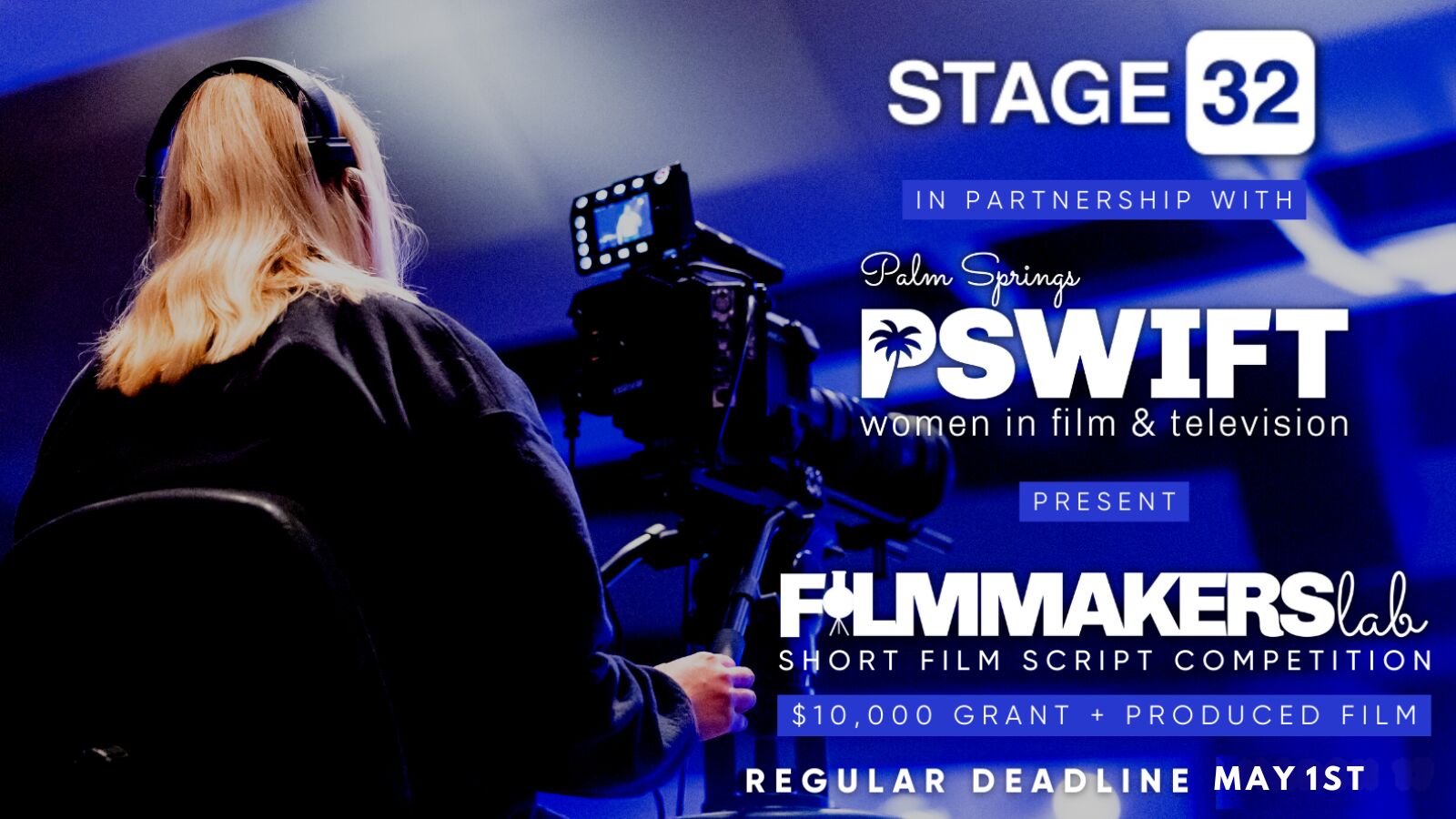Is anyone else discovering how much they DON'T know about color grading? LOL!
What say you about plugins? Live by them or not a chance?
I'm digging this review/tutorial by Sidney Baker-Green about DaVinci Resolve 16: https://www.youtube.com/watch?v=VYTxT1OMuBo&feature=youtu.be



2 people like this
Well I've been doing color grading in Davinci for a couple of years now and while I would say that don't usually use any plugins most of the time I do like the film grain emulation of FilmConvert. I used to use it a lot on Premiere though.
On the other hand when I'm working on a project that has many different cameras I usually use ACES color space and matching cameras becomes much easier but there are a few things you need to watch our for.
Things got even better with the new 17 where you have the new Davinci wide gamete color space and HDR support.
But we were just talking with Vital a couple of days ago about color grading tutorials on youtube and we both agreed that grading one or a couple of non connected shots for a tutorial is way different than grading for a sequence of shots. Sometimes you just can't make every shot as good as it can be because it doesn't relate and connect to the corresponding shots around it. So it's always a balance of many different things for me.
1 person likes this
Yeah I agree with Leya. When we used to work on Premiere FilmConvert was a great tool but in Resolve I don't see much use for it even though it's a great tool.
1 person likes this
Mmm, film grain - great choice! I will have to remember ACES color space for matching - thanks!
1 person likes this
Karen "Kay" Ross yeah film grain gives a really nice texture and can give even a sharpness look to the footage in the right circumstances. I once disguised digital noise on a clip which I wasn't able to denoise completely and adding slight film grain to make it look a lot better and sharper.
As for ACES it's great because with RAW footage it interprets the color profile of the camera by itself making it much easier. The only thing you have to watch out for is negative value pixels which it didn't handle well. They might have fixed it now. But for matching footage it was really good.
But I never really fussed over matching stuff from different cameras anyway because for me i's never about a complete match but more how two shots relate to each other in the scene and if it works it doesn't matter if they're 100% spot on because it can make it look even weird if they are.
2 people like this
OOOOHHHH, Karen "Kay" Ross, I love this!!! The more I learn, the more I realize there's so much I don't know!! Thank you for sharing!
1 person likes this
You are most welcome, Monica Mansy! I'm on that learning journey myself!
The more I learn, the less I seem to know. It keeps me quite busy trying to keep my learnin' even up with what I know. Then I forget most of it anyway.
1 person likes this
Haven’t applied film grain too much for my covers. It can help give a realistic presentation but with horror I like to use the melting wax approach from Tales From the Crypt covers. But film grain can work really good for backgrounds and clothing.
1 person likes this
Well my partner and I bought the Pocket 4K a couple of years back and for most of our stuff that's what we use, so usually whenever I edit and grade anything that we shot I apply a slight film grain on top of a lot of shots and it really does give a natural vibe but there's a slight margin between just enough and too much.